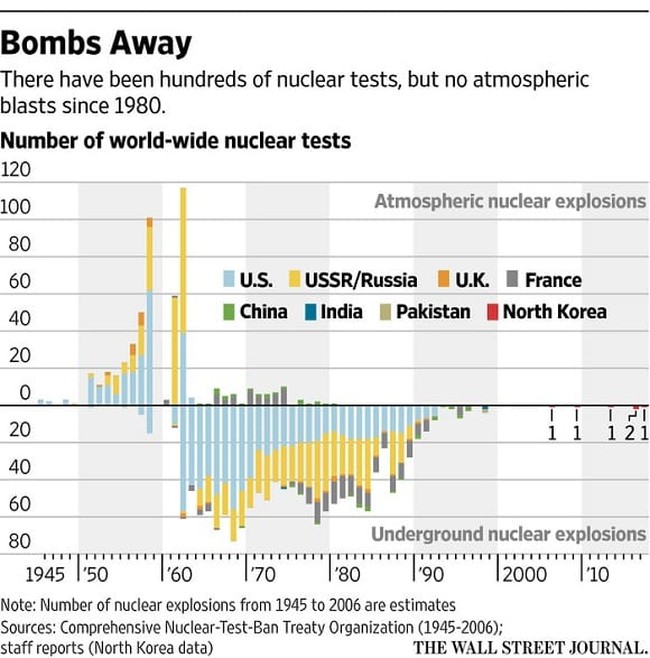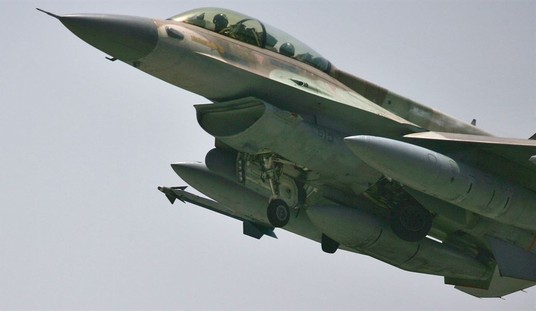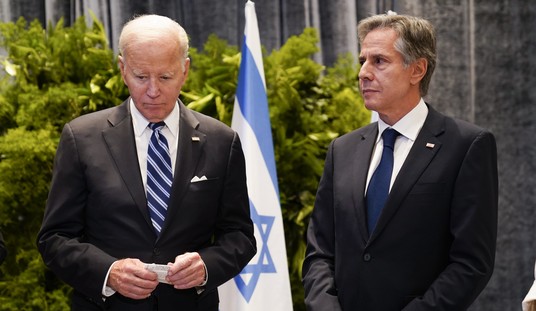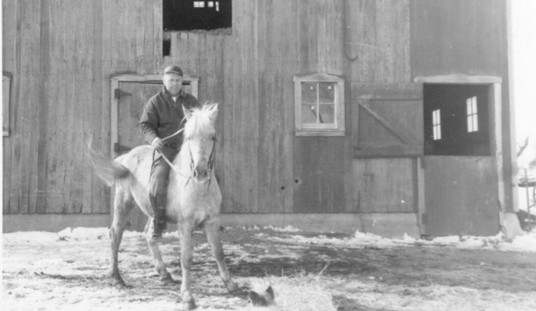
Image via Flickr Creative commons by Pierre J. https://www.flickr.com/photos/7969902@N07/ Picture of an atmospheric nuclear test in Moruroa, French Polynesia, August 1971, codename Rhéa. https://en.wikipedia.org/wiki/1971%E2%80%9374_French_nuclear_tests
Yesterday, the North Korean Foreign Minister Ri Yong Ho issued a threat that North Korea might decide to carry out a nuclear test in the atmosphere over the Pacific Ocean.
North Korean Foreign Minister Ri Yong Ho suggested leader Kim Jong Un was considering testing “an unprecedented scale hydrogen bomb” over the Pacific in response to U.S. President Donald Trump’s threat at the United Nations to “totally destroy” the country.
This would probably entail using either the Hwasong-12 (IRBM) or Hwasong-14 (ICBM), both of which have been tested in the last month, lofting their nuke a few hundred miles above a hopefully unoccupied piece of the North Pacific and detonating it.
Atmospheric testing of nukes is not new, in fact it would be a throwback:

According to the Wall Street Journal:
More than 500 nuclear tests have been conducted above ground around the world, according to the Comprehensive Nuclear-Test-Ban Treaty Organization, but none since 1980. All of North Korea’s six nuclear tests have been held underground, the first in 2006 and the most recent on Sept. 3 this year.
…
The Comprehensive Nuclear-Test-Ban Treaty Organization says one of the worst nuclear-fallout events occurred when the U.S. detonated a hydrogen bomb on the Marshall Islands in the Pacific Ocean in 1954. Hydrogen-based bombs, which rely on nuclear fusion, are more powerful than standard fission atomic weapons.Radioactive fallout from the 1954 explosion spread as far away as Europe. A crew of a fishing boat 90 miles away from ground zero suffered radiation poisoning, according to reports from the time.
…
Aboveground testing of nuclear weapons peaked in 1962, when the U.S. and Soviet Union held a combined total of more than 100 tests. Most testing switched to underground when the Partial Test Ban Treaty was introduced the next year.China was the last country to hold a nuclear test above ground, in a remote desert area in its far west in October 1980.
But the implied threat in the test would be unmistakable. It would show that North Korea does have a miniaturized nuclear weapon and the engineering chops to affix it to a missile, launch it, and detonate it.
It could be a bluff…or not. It North Korea does conduct such a test, though, the international response, even from its patrons Russia and China will be severe.













Join the conversation as a VIP Member